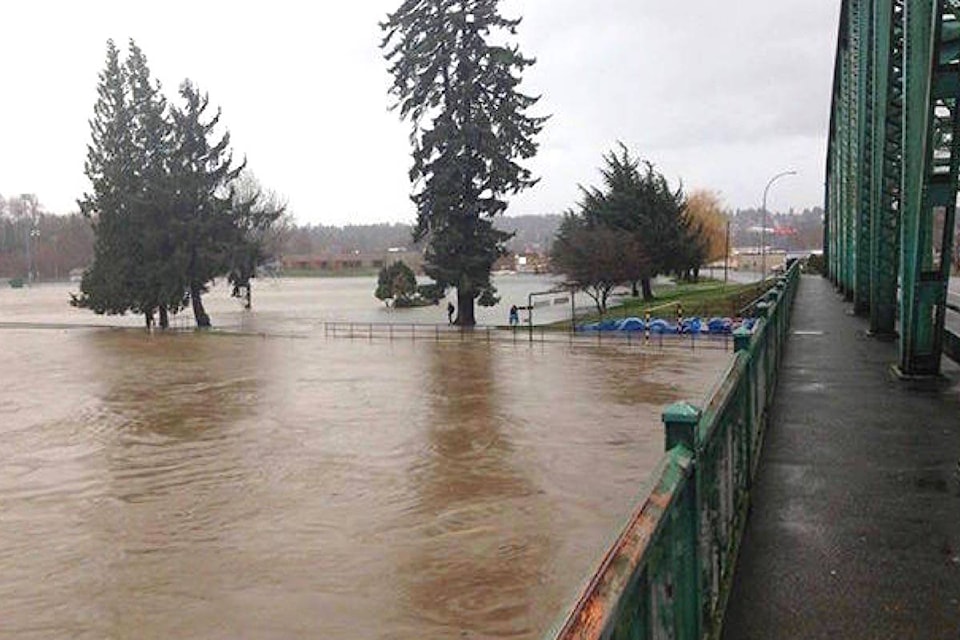Eight elected officials from the Comox Valley met Friday with First Nations, University of Victoria researchers, provincial reps and fellow Vancouver Island politicians in a day-long session to plan for climate change as an island and coastal region.
Nearly 150 attendees gathered on Zoom to participate in the Community Resilience Summit — hosted by the Vancouver Island and Coastal Communities Climate Leadership Plan Steering Committee (VICC-CLP).
The idea for a regional plan came up last year.
“It just made sense to find a way to work together to address the shared challenges and opportunities that island and coastal communities face as they address climate change,” said Courtenay Coun. Will Cole-Hamilton, a member of VICC-CLP.
One member from each regional district on the Island and the coast worked together to organize the summit.
“We need to think like an island and find the solutions that fit our communities, and look for ways to achieve them by working together,” Cole-Hamilton said. “COVID has only made that more clear. This year, we have seen the importance of local resilience, being able to take care of ourselves when transportation lines were down. Early in the lockdown, there were communities on the island where grocery store shelves were starting to empty.”
He notes that COVID has served as a reminder of the importance of following the science.
“Countries that took action early, based on science, have managed to better protect their people and their economies. The same is true of climate change. If we want to avoid the worst impacts of climate change, we need to plan wisely based upon the science.”
Courtenay Couns. Doug Hillian and Wendy Morin, Comox Couns. Stephanie McGowan and Pat McKenna, Cumberland Couns. Vickey Brown and Jesse Ketler, and Area B director Arzeena Hamir also attended the summit.
A report by UVic researchers shows that island and coastal communities are already experiencing the effects of climate change, in terms of wildfires, extreme rainfall, sea level rise, storm surges, extreme winds and droughts. The research also shows that although most municipalities and regional districts have identified climate change as a priority, none have adequate resources to address the issue.
Cole-Hamilton moderated a discussion on buildings, which drew consensus that retrofits and solar panel installs will result in well-paying jobs that cannot be outsourced.
He said there was a great deal of optimism about PACE (Property assessed clean energy), an innovative tool for financing retrofits. In its election platform, he notes the provincial government highlighted PACE and committed $2 million to studies and pilot projects. In the U.S., Cole-Hamilton said PACE has been responsible for kick-starting more than 300,000 retrofits, generating U.S. $16.5 billion in economic activity and creating more than 60,000 new jobs.
Friday’s summit aims to establish goals and actions for climate change mitigation and adaptation on Vancouver Island and Coastal Communities out to 2030. VICC-CLP, working with UVic, will develop a 2030 Climate Leadership Plan to be presented to the Association of Vancouver Island and Coastal Communities annual meeting in April 2021.
